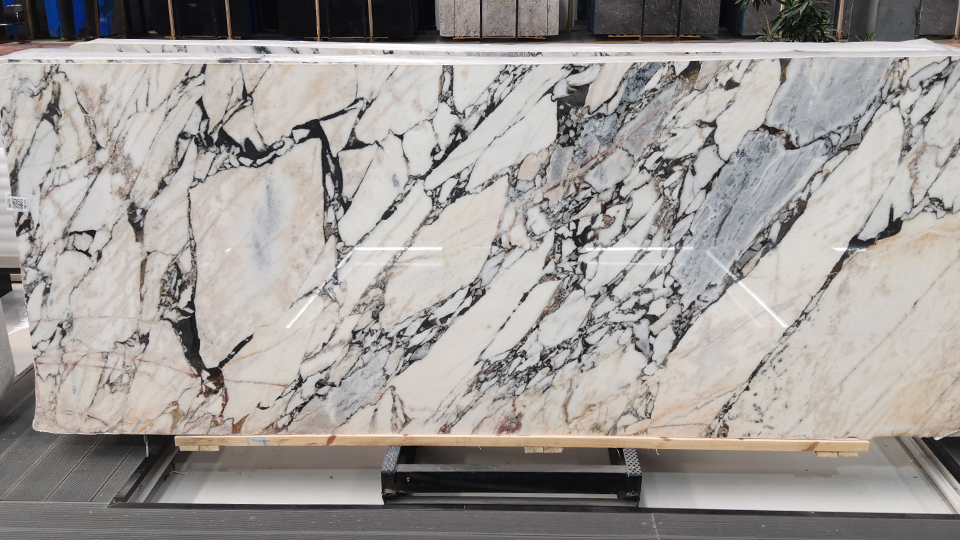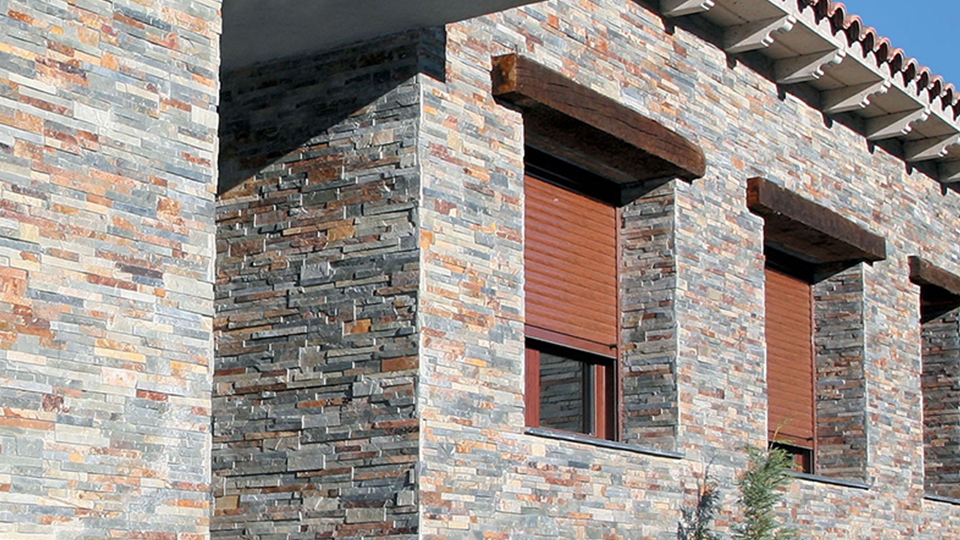

Introduction
Granite, a majestic and durable natural stone, has long been a material of choice for kitchen countertops, flooring, and various architectural features. Its aesthetic appeal and incredible hardness make it an ideal surface for high-traffic areas. However, this very hardness, which contributes to its longevity, also makes it a formidable challenge to cut and fabricate. While professional stone fabricators use highly specialized and expensive CNC (Computer Numerical Control) saws, it is possible for a dedicated and well-equipped DIY enthusiast to cut granite at home. This 2000-word technical article will provide a comprehensive, step-by-step guide to cutting granite, covering the essential tools, a detailed breakdown of wet-cutting techniques, and, most importantly, the critical safety measures that must be adhered to throughout the process.

Part 1: The Science of Cutting Stone
Before we discuss the practical steps, it is essential to understand the underlying principles. Granite is an igneous rock composed primarily of quartz, feldspar, and mica. Its extreme hardness is attributed to the high quartz content (SiO 2 ). Cutting such a dense material is not a process of "sawing" in the traditional sense, but rather a process of controlled abrasion.
The Diamond Blade: The only tool capable of efficiently and precisely cutting granite is a saw equipped with a diamond blade. A diamond blade is not a serrated blade like one used for wood. Instead, it is a circular steel core with a rim or segments that are impregnated with synthetic diamond particles. The diamonds, being the hardest known natural material, abrade the granite, effectively grinding a path through the stone.
The Role of Water (Wet Cutting): The friction generated by a diamond blade cutting through granite produces an immense amount of heat. This heat can cause the blade to warp or "glaze" (a process where the diamond segments become coated with melted granite dust, rendering them ineffective). More critically, the localized heat can cause the granite to crack or chip. Water serves two primary functions:
Cooling: It constantly cools the blade, preventing overheating and extending the life of the blade.
Lubrication and Dust Control: It lubricates the cutting surface and, crucially, contains the silica dust created during the process. This dust, a major health hazard, can cause a serious and irreversible lung disease called silicosis if inhaled.
Therefore, for all but the smallest, most superficial cuts, a wet cutting process is not just recommended, but an absolute necessity for both the integrity of the material and the safety of the operator.
Part 2: Essential Tools and Materials
Successfully cutting granite at home requires a specific and non-negotiable set of tools. Attempting this project with anything less will result in damaged material and a significant safety risk.
Wet Circular Saw or Wet Tile Saw:
Wet Circular Saw: This is the most versatile tool for cutting large granite slabs. It is a handheld saw with an integrated water feed system that directs a steady stream of water onto the blade and cutting line.
Wet Tile Saw: For smaller projects involving granite tiles (e.g., backsplash or small countertops), a tabletop wet tile saw is a safer and more manageable option. It has a built-in reservoir that the blade passes through, keeping it constantly cooled.
Diamond Blade for Granite:
This is the most critical component. Ensure the blade is specifically designed for cutting granite. General-purpose diamond blades for concrete or masonry are not suitable as they lack the proper bond and diamond concentration to handle the hardness of granite.
Look for a "continuous rim" or "turbo" blade. A continuous rim blade provides a smoother, chip-free cut, while a turbo blade, with its serrated rim, offers faster cutting but may produce minor chipping.

Personal Protective Equipment (PPE): This is non-negotiable.
Respirator Mask: A high-quality N95 or P100 respirator is absolutely essential to protect against the inhalation of crystalline silica dust. A simple dust mask is not sufficient.
Safety Goggles or Face Shield: Protect your eyes from flying debris and the water slurry.
Hearing Protection: Cutting granite is an extremely loud process. Wear earplugs or earmuffs to prevent hearing damage.
Gloves: Protect your hands from the abrasive material.
Appropriate Clothing: Wear long sleeves and pants. Avoid loose-fitting clothing that could get caught in the saw.
Workstation and Clamping:
A stable, level, and sturdy workbench is required. The granite slab is heavy and can be unwieldy.
Use heavy-duty clamps (e.g., C-clamps) to securely fasten the granite to the workbench. A moving piece of stone is a serious hazard and will result in an inaccurate, chipped cut.
Marking and Measuring Tools:
A reliable measuring tape and a straightedge are necessary for accurate layout.
Use a grease pencil or a fine-point permanent marker to mark the cut line.
Painter's Tape: Apply a strip of painter's tape along the cut line. This helps to prevent chipping and provides a clear line to follow.
Part 3: The Step-by-Step Cutting Process
Once you have gathered all your tools and prepared your workspace, you can begin the cutting process. This is a deliberate, slow, and methodical task.
Step 1: Preparation and Setup
Measure Twice, Cut Once: This old adage is gospel for working with granite. Carefully measure the space and the slab, and then double-check your measurements.
Mark the Cut Line: Use your straightedge to draw the cut line on the painter's tape you applied. This line will serve as your primary guide.
Secure the Slab: Place the granite slab on your workbench and secure it with multiple clamps. Ensure the cut line is positioned so that the saw blade has a clear path. Consider using an auxiliary support under the area being cut to prevent the off-cut piece from breaking off prematurely.
Set Up the Water Supply: If you are using a wet circular saw, connect the water line and ensure it is functioning correctly. If you are using a dry saw with a helper, have them prepared to apply a continuous stream of water to the blade and the cutting line with a hose or a sprayer.
Step 4: The Cutting Process
Put on All PPE: Before you even touch the saw, ensure you have your respirator, safety goggles, hearing protection, and gloves on.
Make the Initial Score Cut: Turn on the saw and, using light pressure, make a shallow cut (approximately 1/8 inch deep) along your marked line. This is a critical step that prevents the blade from "wandering" and helps to minimize chipping on the surface.
Make Subsequent Passes: After the initial score cut, make several deeper passes, gradually increasing the depth of the cut with each pass. Do not attempt to cut through the entire thickness of the granite in one pass. This will overheat the blade and can cause the granite to crack.
Let the Saw Do the Work: Apply only light, steady pressure to the saw. Forcing the blade will cause it to bind, overheat, and can result in dangerous kickback. Listen to the sound of the saw; it should maintain a consistent RPM. If the sound changes or the saw labors, you are pushing too hard.
Manage the Water and Dust: The water should create a slurry of granite dust, which prevents the airborne silica hazard. Do not attempt to cut dry. If you are not using a wet saw, a helper must continuously spray water on the blade and cutting line.
Complete the Cut: Continue making passes until you have cut completely through the slab. As the cut nears completion, be prepared for the off-cut piece to separate. Be cautious and ready to support it to prevent it from dropping and cracking.
Part 5: Finishing the Edges
Once the cut is complete, the edges will be rough and sharp. They require finishing to create a professional look and prevent injury.
Rough Grinding: Use an angle grinder with a coarse diamond grinding wheel or polishing pad (e.g., 50-grit) to smooth the rough-cut edge and remove any large chips.
Polishing: Polish the edge in stages using a series of finer-grit diamond polishing pads, typically in steps like 100, 200, 400, 800, and 1500 grit. The polishing pads are typically used wet to control dust and achieve a better finish. A variable-speed angle grinder is ideal for this step, as higher speeds are needed for coarser grits and lower speeds for fine polishing.
Final Buffing: Use a fine-grit pad (e.g., 3000 grit or a buffing pad) to achieve a high-gloss, mirror-like finish that matches the factory-polished top surface.
Part 6: Critical Safety Protocols and Technical Considerations
The inherent risks of cutting granite cannot be overstated. The following safety and technical considerations are paramount.
Silica Dust Hazard: Crystalline silica dust is a Category 1 carcinogen and can cause silicosis, a severe lung disease. Proper ventilation and the use of a wet cutting process are the most effective controls. Work in a well-ventilated area, preferably outdoors.
Kickback: A saw can "kick back" violently if the blade binds in the cut, which can cause serious injury. Always maintain a firm, two-handed grip on the saw, apply light pressure, and ensure your cut is perfectly straight. Never use a dull or damaged blade.
Blade Selection: The proper blade is key. A cheap, general-purpose blade will not only produce a poor-quality cut but can also shatter, posing a significant risk.
Tool Maintenance: Regularly inspect your saw and blade. Ensure the water feed system is working properly and the blade is securely fastened.
Electrical Safety: When working with a wet saw, use a GFCI (Ground Fault Circuit Interrupter) outlet to prevent electrical shock.
Conclusion
Cutting granite at home is a challenging but achievable project for a determined DIY enthusiast. It requires the right tools, a deep understanding of the material, and, most importantly, a steadfast commitment to safety. By adhering to the technical principles of controlled abrasion and wet cutting, and by following the detailed step-by-step process outlined in this guide, you can successfully cut granite for your home project. While it may lack the speed and precision of professional equipment, the satisfaction of a job well done, combined with significant cost savings, makes it a rewarding endeavor. Remember to prioritize safety above all else, as the risks associated with this material and its tools are real and serious. With proper preparation and execution, you can transform a raw slab of granite into a custom piece that will be a source of pride for years to come.
Name: selena
Mobile:8613176910558
Tel:86-13176910558
Whatsapp:8619323167067
Email:409284553@qq.com
Add:Laizhou ,Shandong , Shandong Province, China